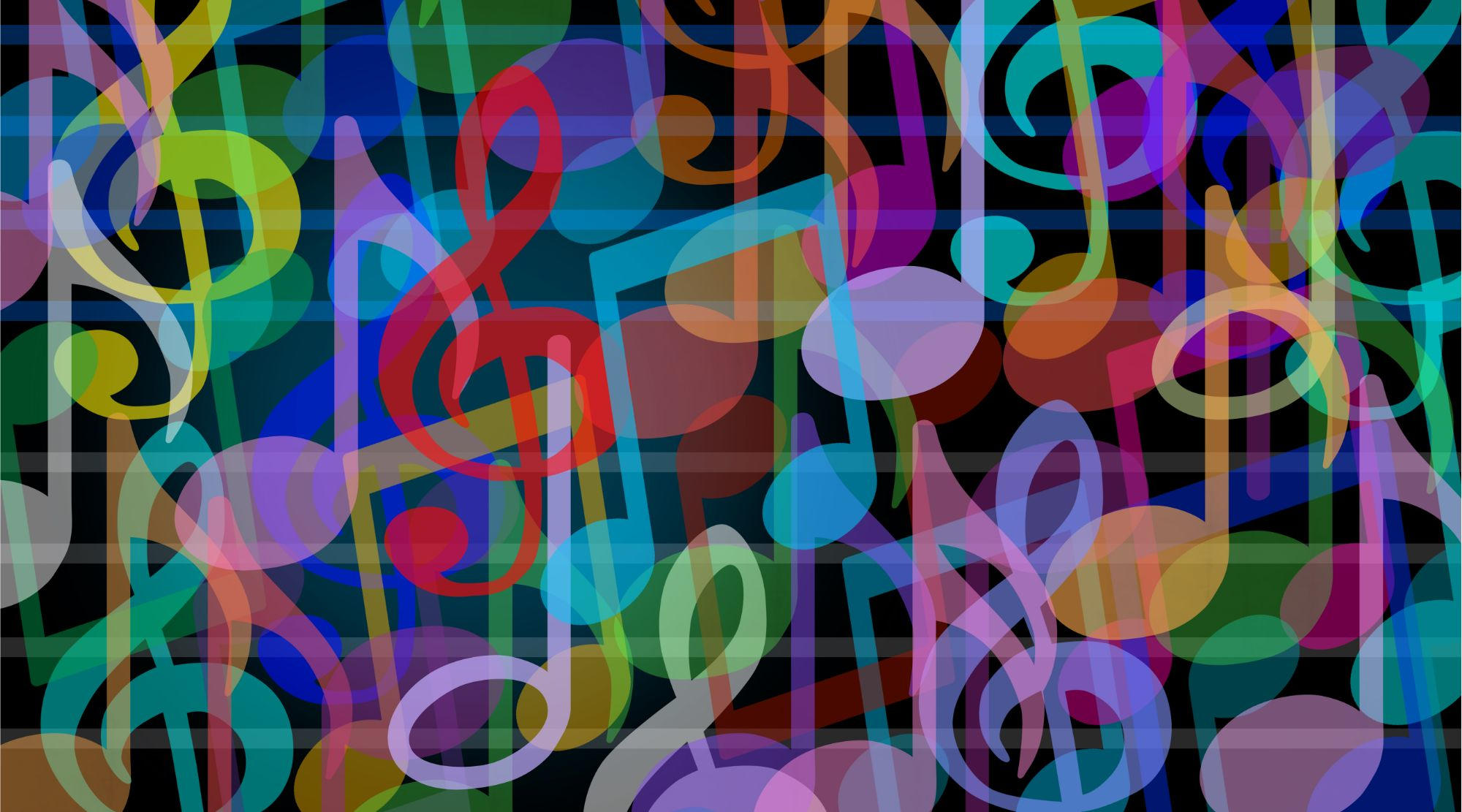
Groundbreaking New Technology Allows People To Listen to Music Through Touch

The prototype is made up of an audio-tactile algorithm that converts monophonic new music into tangible stimuli based mostly on vibration employing “tactile illusions.”
An audio-tactile algorithm created by College of Malaga scientists conveys melodic information through vibration.
A ground-breaking prototype produced by specialists from the Office of Electronics at the College of Malaga and users of the R&D group “Electronics for Instrumentation and Programs,” will allow those people with hearing reduction to pay attention to music as a result of the feeling of contact.
It is made up of an audio-tactile algorithm that transforms monophonic songs into tangible stimuli dependent on vibration making use of “tactile illusions.” According to the scientists, “It’s like ‘hacking’ the anxious procedure to obtain a different response to the authentic stimulus despatched.”
“What we want to reach in the extended time period is for individuals who do not listen to to be equipped to ‘listen’ to music”, assures researcher Paul Remache, the most important writer of this paper, who insists on the power of new music to impact temper, as nicely as its opportunities as a therapy for psychological problems and remedy of pain.
The scientists predict that this will lead to a transportable terminal that could be introduced to a live performance due to the fact this prototype will be conveniently transferable to technological devices like smartphones.
https://www.youtube.com/check out?v=Pc1JCMozsDU
Scientists of the Department of Electronics have made an audio-tactile algorithm that conveys melodic info by way of vibration. Credit rating: University of Malaga
Mapping tunes
This youthful researcher, doing the job with professors Andrés Trujillo and Fernando Vidal from the UMA, created an algorithm that can remodel musical capabilities and constructions taken from MIDI files—Musical Instrument Digital Interface—into “vibrotactile stimuli.”

The initial experiments proved that “tactile illusions” perceived via vibration provoke in people today who do not listen to a various emotional response –mostly positive– from that of the first music. Credit rating: University of Malaga
“It’s anything similar to mapping music”, describes Remache, who provides that this is doable for the reason that this kind of file not only can be performed and crank out seem, but also deliver “symbolic representations”.
Controlling vibrations
Latest designs do not warrant the correspondence involving the emotional response to audio and the vibrotactile version of it. In watch of this, these engineers of the UMA suggest an arrangement of the “tactile illusions” in order to enhance and prolong the spectrum of musical features, introducing dynamics to the vibration in the variety of motion, adjustments of route, and site.
“It is a tough system considering that the perceptible frequency range of the skin is reduced than that of the auditory program, which may well bring about the reduction of some musical features”, they reveal.

Folks with hearing loss will be ready to hear to new music by the feeling of contact thanks to a revolutionary prototype that has been devised by researchers of the Department of Electronics of the College of Malaga. Credit score: College of Malaga
Distinctive emotional response
The effects of the to start with experiments, in which far more than fifty volunteers participated, suggest that the arrangement of “tactile illusions” elicits extra optimistic than negative emotions. They are also perceived as much more agreeable and stimulating than the audio, provoking a distinctive psychological reaction from that of the original songs.
Wise instrumentation and software in healthcare
This initially prototype was offered in the 11th International Workshop on Haptic & Audio Conversation Layout (United Kingdom) –the most significant international occasion specialised in these regions of study– after remaining revealed in the scientific journal LNCS. At current, the scientists of the UMA are doing the job on a next model and continuing with the experiments.
The study is the item of Paul Remache’s doctoral thesis and is element of the Countrywide Plan project “Smart instrumentations and application in healthcare.”
Reference: “Mapping Monophonic MIDI Tracks to Vibrotactile Stimuli Working with Tactile Illusions” by Byron Remache-Vinueza, Andrés Trujillo-León, Maria-Alena Clim, Fabián Sarmiento-Ortiz, Liliana Topon-Visarrea, Alexander Refsum Jensenius and Fernando Vidal-Verdú, 18 August 2022, Lecture Notes in Computer Science.
DOI: 10.1007/978-3-031-15019-7_11
